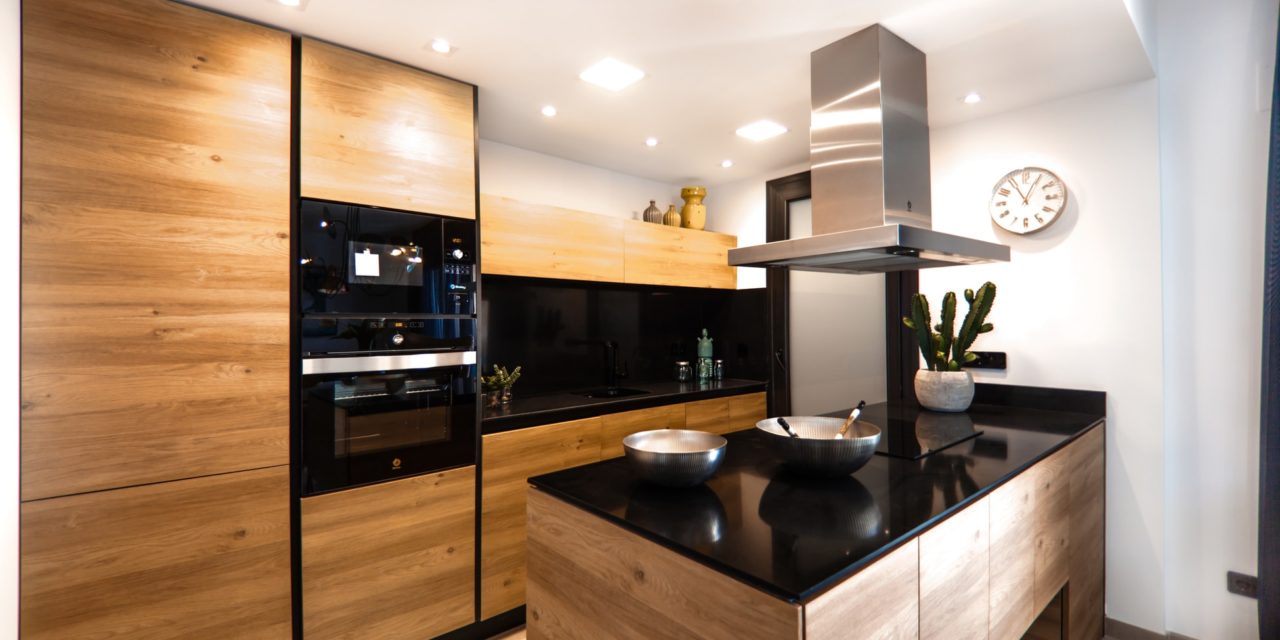[ad_1]
Some leaks are obvious and show themselves readily, other plumbing leaks aren't apparent unless you know what to look for. The leaks that are harder to find can do far more damage than those that are easily noticed. Many homeowners don't realize that many of the faucets and handles available today consist of plastic parts that easily crack under frequent use, and replacement washers aren't helpful in the newer washerless designs. When that is the case, water leaks can end up puddling in an area that may not be readily visible, and you're going to have to look a little harder to see if damage is evident.
Look for:
- Bulging drywall
- Peeling paint
- Mineral deposits
- Sagging wood beneath the sink or the wall behind
- Mold or mildew, especially in an area that should be entirely dry
- Buckling or loose floor tiles or
- New insect populations
Sometimes those leaks aren't originating from the sink faucets or drains, sometimes they are due to old shut-off valves that are located under and behind the sink. Those need to be repaired, usually replaced, as soon as possible because they are often problematic behind the wall for some time before a leak is evident. What could have been a simple repair can then become more costly.
Protecting your home or property from a significant plumbing leak will save you money. It's better to take care of those types of problems before they get out of control. If you notice rust around your drain, fixtures, or valves, that is also a clue that moisture is going where it shouldn't be going.
Take a closer look around your home for plumbing leaks in the laundry room behind or under the washer, under the kitchen sink, below the dishwasher, around all your bathroom fixtures, and outside at your hose bib.
Don't be embarrassed if you end up over your head in a do-it-yourself repair! Make sure you get a licensed and insured plumber for problems that get out of control.
[ad_2]
Source by Gary Skinner


